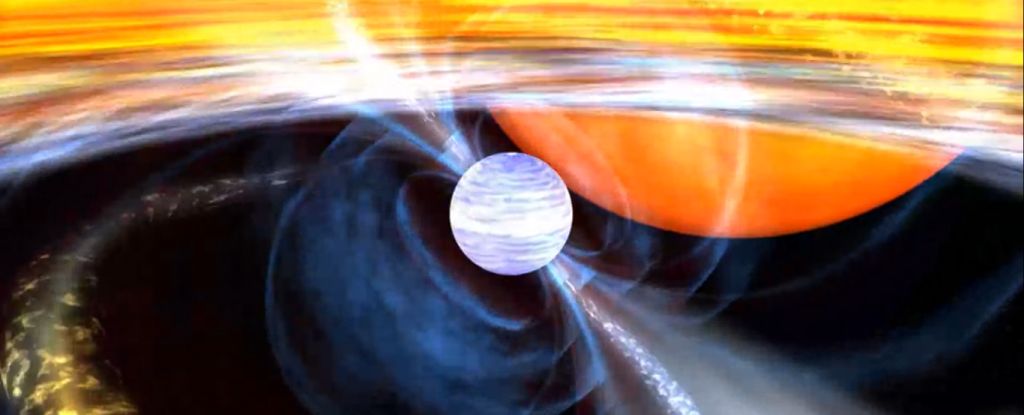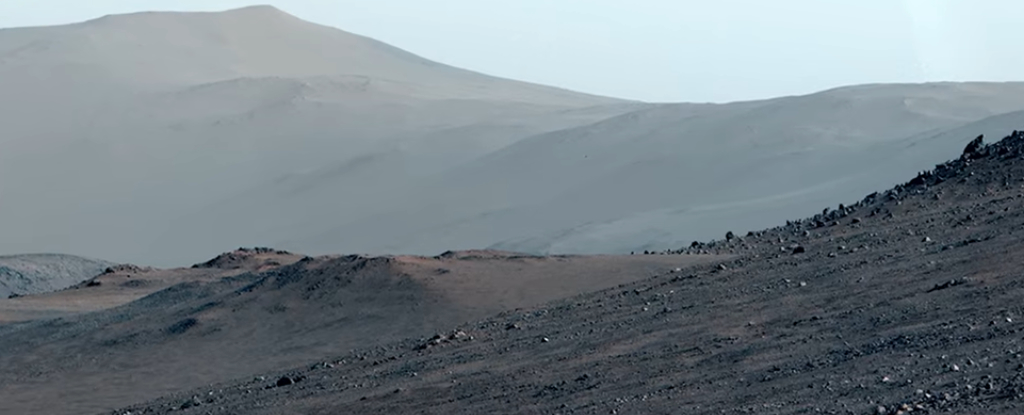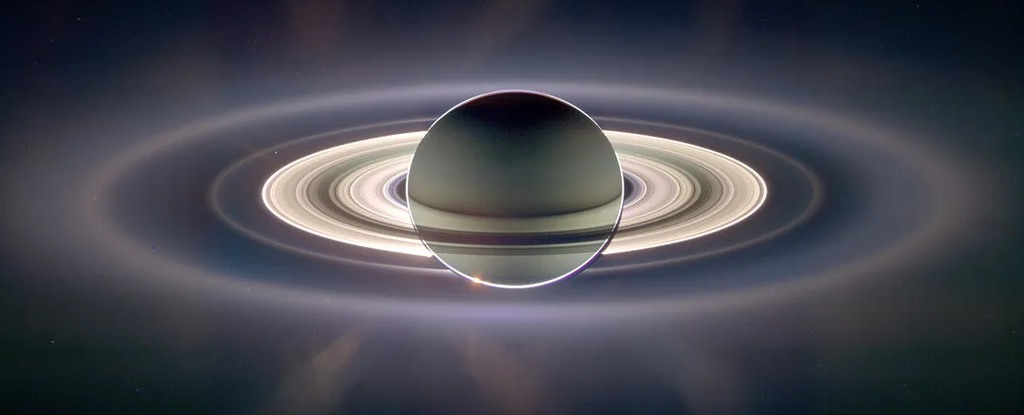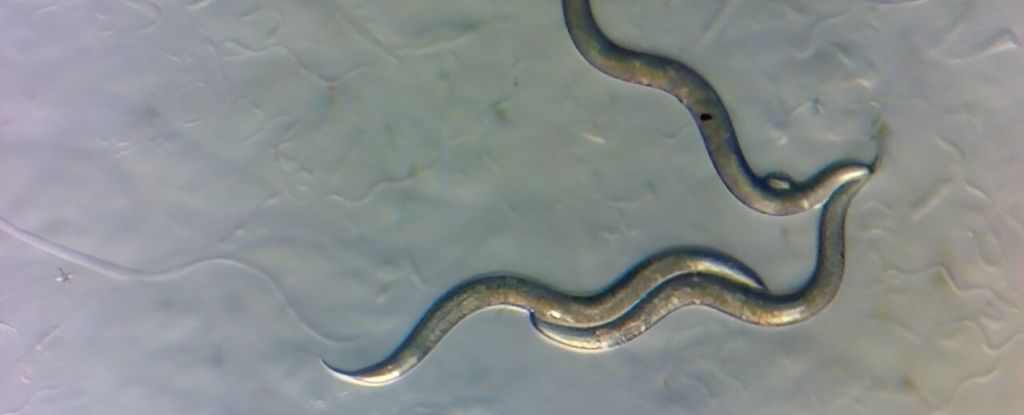A dead star 27,400 light-years away appears to be having one of the most epic stellar discos we’ve ever seen.
In the binary system 4U 1820-30, a neutron star is spinning so fast around its center axis that it completes a breathtaking 716 rotations per second. No stars have been discovered spinning faster, and only the famous pulsar PSR J1748-2446ad has been found spinning at that speed.
This discovery, says a team led by astrophysicist Gaurava Jaisawal of the Technical University of Denmark, affirms the current theoretical upper limit for neutron star spin speeds, thought to be around 730 rotations per second.
“We were studying thermonuclear explosions from this system and then found remarkable oscillations,” Jaisawal says.
“If future observations confirm this, the 4U 1820-30 neutron star would be one of the fastest-spinning objects ever observed in the Universe.”
Neutron stars are one of the evolutionary final stages in the lifespan of a massive star.
Once a star between around 8 and 30 times the mass of the Sun has run out of atoms it can fuse in its core; it goes kaboom (or maybe it doesn’t), ejecting its outer material in a supernova explosion, while the core, no longer supported by the outward pressure supplied by fusion, collapses under gravity.
That collapsed core is the neutron star, an object between around 1.1 and 2.3 times the mass of the Sun, packed into a tiny sphere just 20 kilometers (12 miles) across. ‘Dense’ doesn’t begin to cover it. Matter inside these things can get weird – and so can their behavior.
We have different names to classify this behavior. A magnetar is a neutron star with an insanely powerful magnetic sphere. And a pulsar is a neutron star spinning incredibly fast, blasting out beams of radio waves from their poles so they appear to ‘pulse’ in space like a cosmic lighthouse.
We’ve known 4U 1820-30 exists since at least the 1980s. It’s a binary star system in the constellation of Sagittarius that includes a neutron star and a white dwarf star, on a really tight orbit with a period of just 11.4 minutes.
The proximity of the two stars means the neutron star is close enough to cannibalize its companion, stripping it of material that then accumulates on the neutron star’s surface.
This accumulation of mass becomes denser and hotter the more it accrues, until eventually the star sneezes it off in a thermonuclear explosion.
It was these explosions that Jaisawal and his colleagues were trying to study, using NASA’s Neutron Star Interior Composition Explorer (NICER), an X-ray telescope catching a ride with the International Space Station.
frameborder=”0″ allow=”accelerometer; autoplay; clipboard-write; encrypted-media; gyroscope; picture-in-picture; web-share” referrerpolicy=”strict-origin-when-cross-origin” allowfullscreen>
“During these bursts, the neutron star becomes up to 100,000 times brighter than the sun, releasing an immense amount of energy,” says astrophysicist Jerome Chenevez of the Technical University of Denmark.
“So we are dealing with very extreme events, and by studying them, we get new insights into the existing life cycles of binary star systems and the formation of elements in the Universe.”
The team recorded 15 of these thermonuclear blasts between 2017 and 2022. But when they were analyzing the data, they found something strange. One of the blasts had an odd signature, an oscillation with a frequency of 716 Hertz. It was as though the star was rotating as it erupted – which, the researchers determined, was likely the case.
This could mean that the 4U 1820-30 neutron star is an X-ray pulsar, with a period of 716 rotations per minute, powered by thermonuclear explosions. Since PSR J1748-2446ad is a radio pulsar, this would make 4U 1820-30 the fastest known nuclear-powered pulsar.
More observations will be required to verify this finding. If confirmed, however, the results will give us a new tool for studying neutron stars, and the extremities they can reach before they self-destruct.
The team’s research has been published in The Astrophysical Journal.





